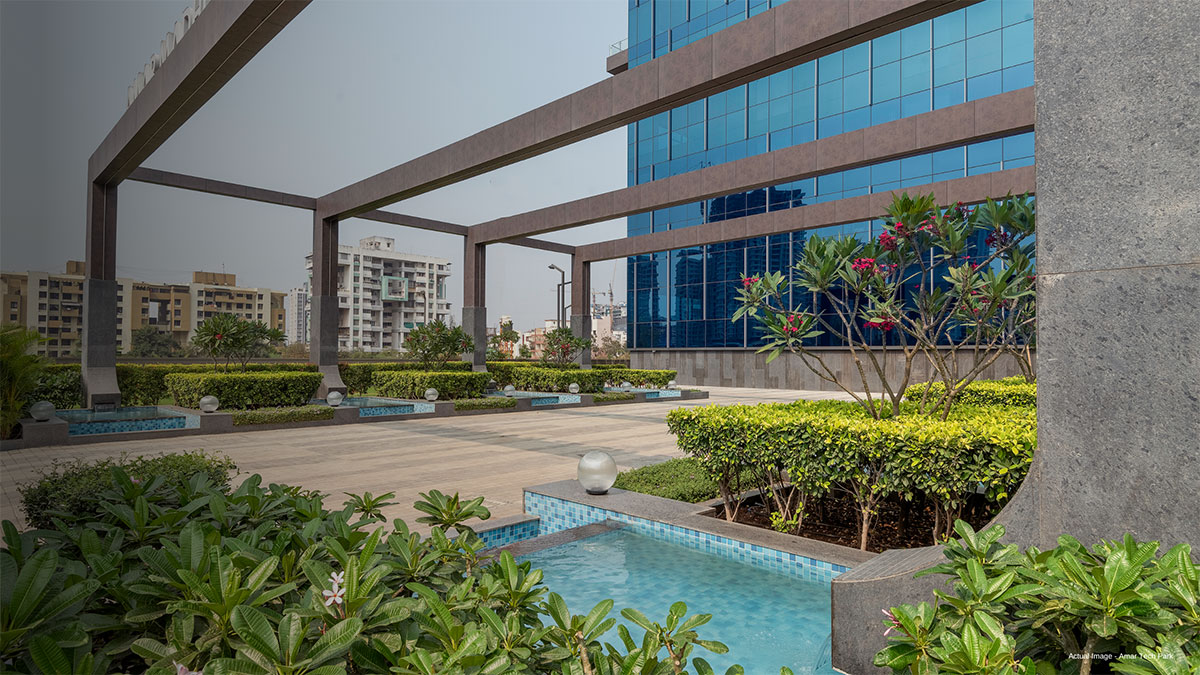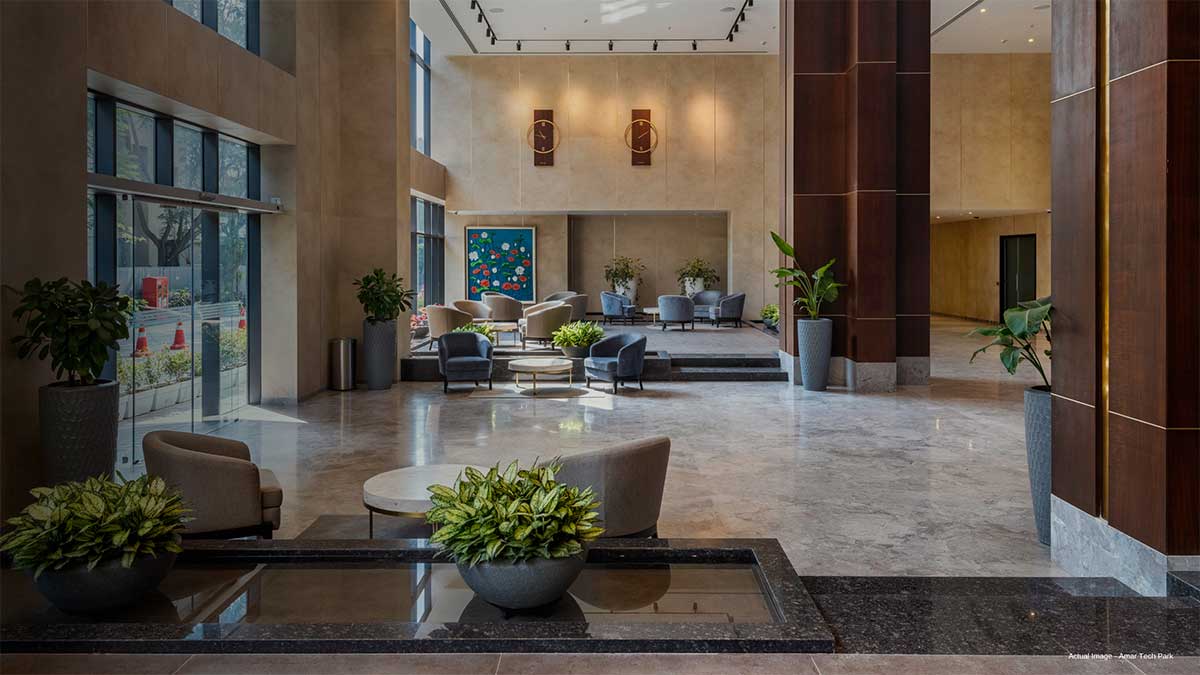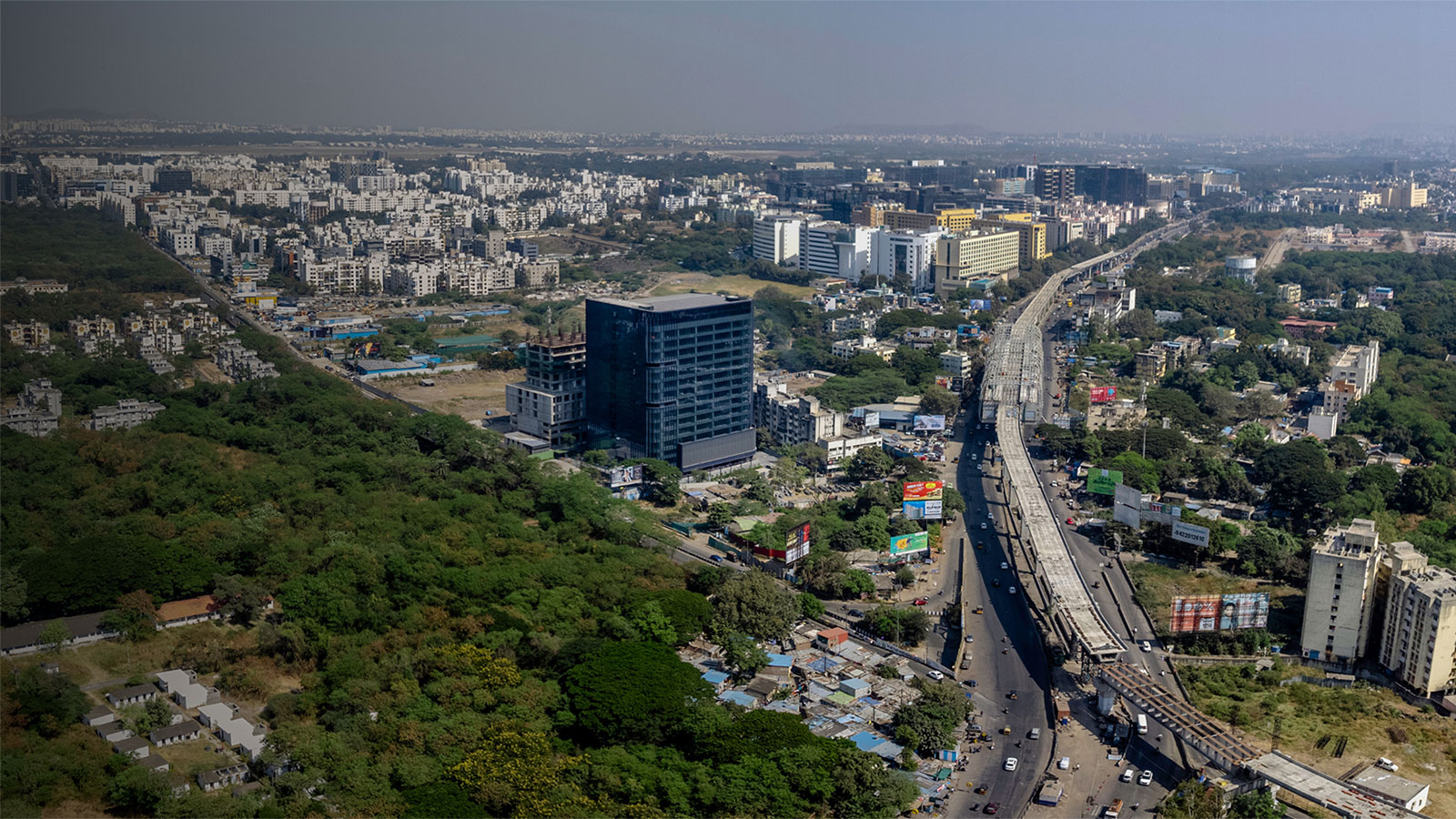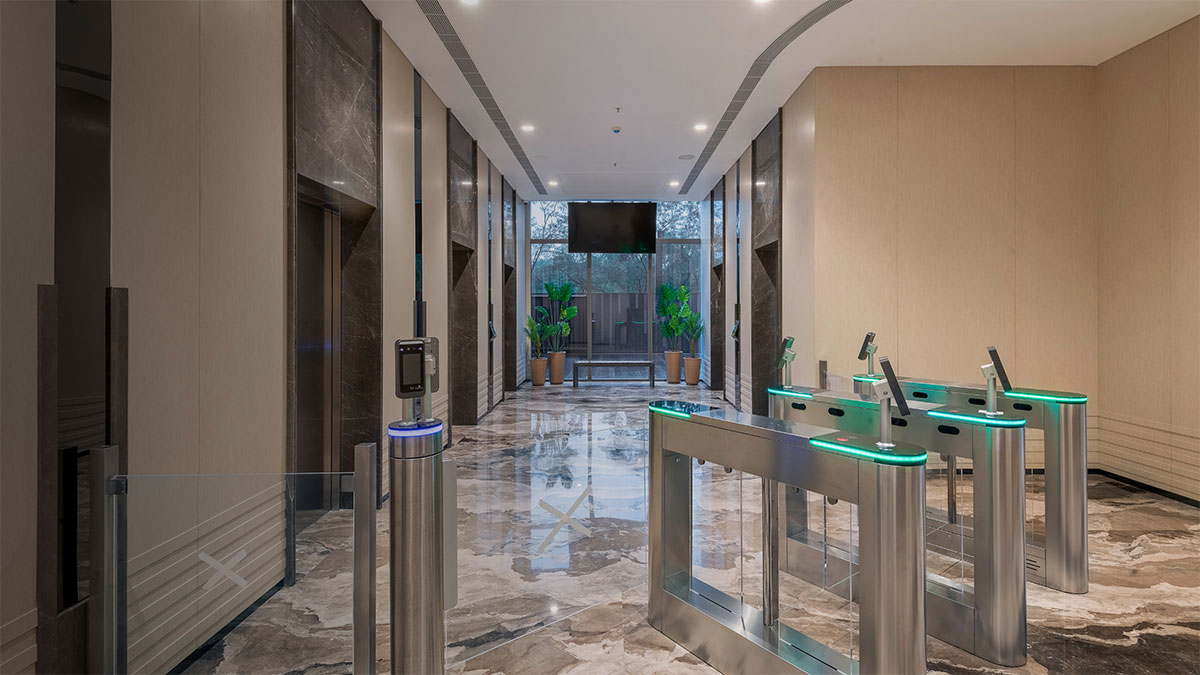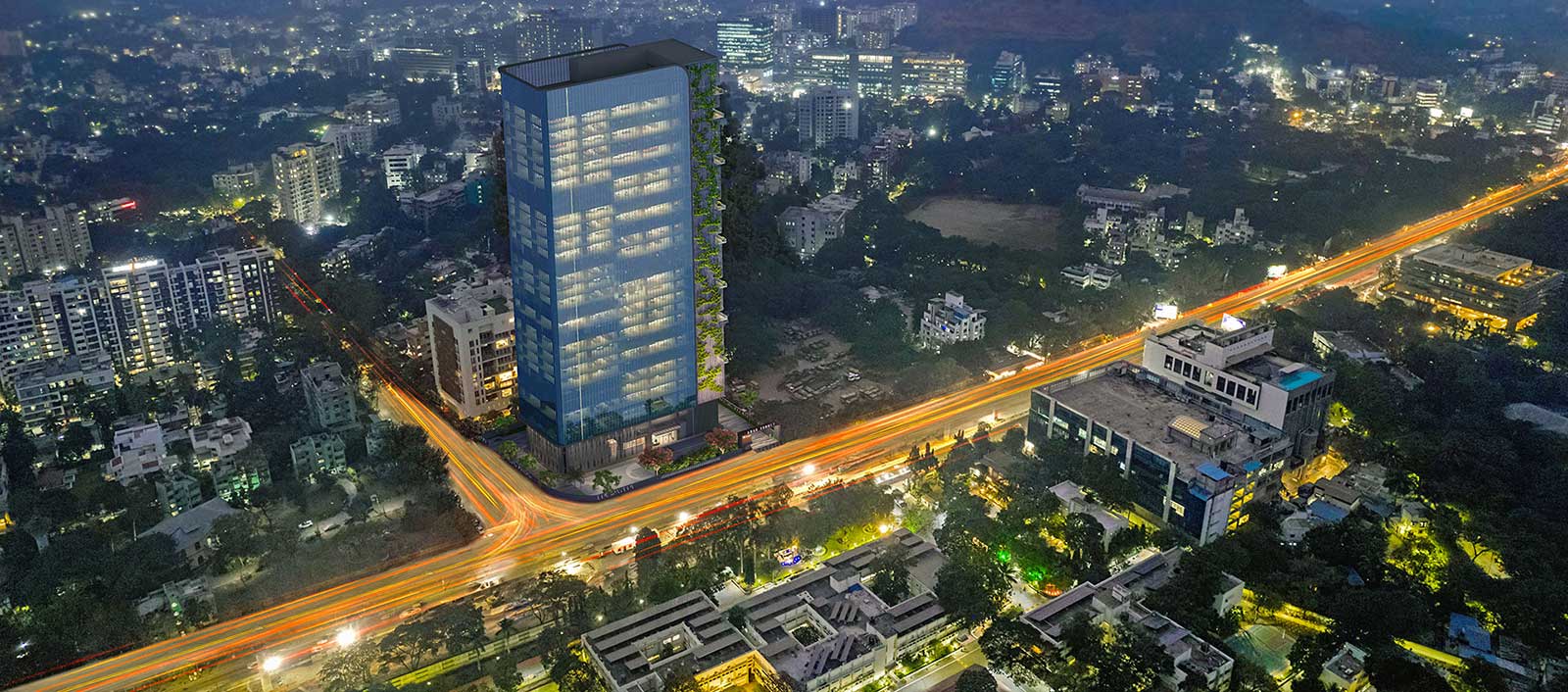In the spirit of Dussehra, a festival that marks the triumph of truth over misconceptions, we at Amar Builders are addressing ten common myths surrounding sustainable architecture in the Indian real estate landscape.
Sustainability is Expensive
The initial investment in green technology may appear high, but in the long run, sustainable buildings often prove to be more cost-effective due to energy savings, water conservation, and reduced maintenance costs.
Green Buildings Look Different
Sustainability doesn't compromise aesthetics. With innovative design solutions, sustainable buildings can be as visually appealing as their traditional counterparts, if not more.
Traditional Techniques aren't Sustainable
Many traditional Indian architectural practices, like the construction of courtyards and jaalis (lattice windows), were inherently sustainable. Modern sustainable architecture can and should take inspiration from these age-old techniques.
Only New Buildings can be Green
Existing structures can be retrofitted to meet sustainability standards. With the right modifications, old constructions can be as energy-efficient as new ones.
Sustainale Materials are hard to find
India is rich in locally-sourced sustainable materials like bamboo, mud, and lime. Using these not only reduces carbon footprints but also supports local economies.
Green Certification is Just a Marketing Gimmick
While marketing can sometimes overstate claims, genuine green certifications like IGBC and GRIHA are backed by rigorous standards and ensure a project's commitment to sustainability.
Sustainable Architecture Doesn't Consider Comfort
On the contrary, green buildings often offer better indoor air quality, natural lighting, and temperature regulation, enhancing the comfort of its occupants.
Sustainability is Only About Energy Savings
While energy efficiency is a vital component, sustainable architecture also focuses on water conservation, waste reduction, and creating healthier living environments.
High-tech Solutions are a Must
Sometimes, simple solutions, like passive solar design or rainwater harvesting, can make a building sustainable without the need for high-tech interventions.
Sustainable Architecture isn't Feasible in Urban Settings
Urban areas, with their density and infrastructure, can benefit immensely from sustainable practices. Green roofs, vertical gardens, and efficient transport solutions are just a few examples of how sustainability can be seamlessly integrated into urban designs.
In the spirit of Dussehra, let's dispel the darkness of misconceptions and embrace the light of knowledge. At Amar Builders, we are committed to pioneering sustainable architecture that not only stands as a testament to modern innovation but also respects our rich architectural heritage.






